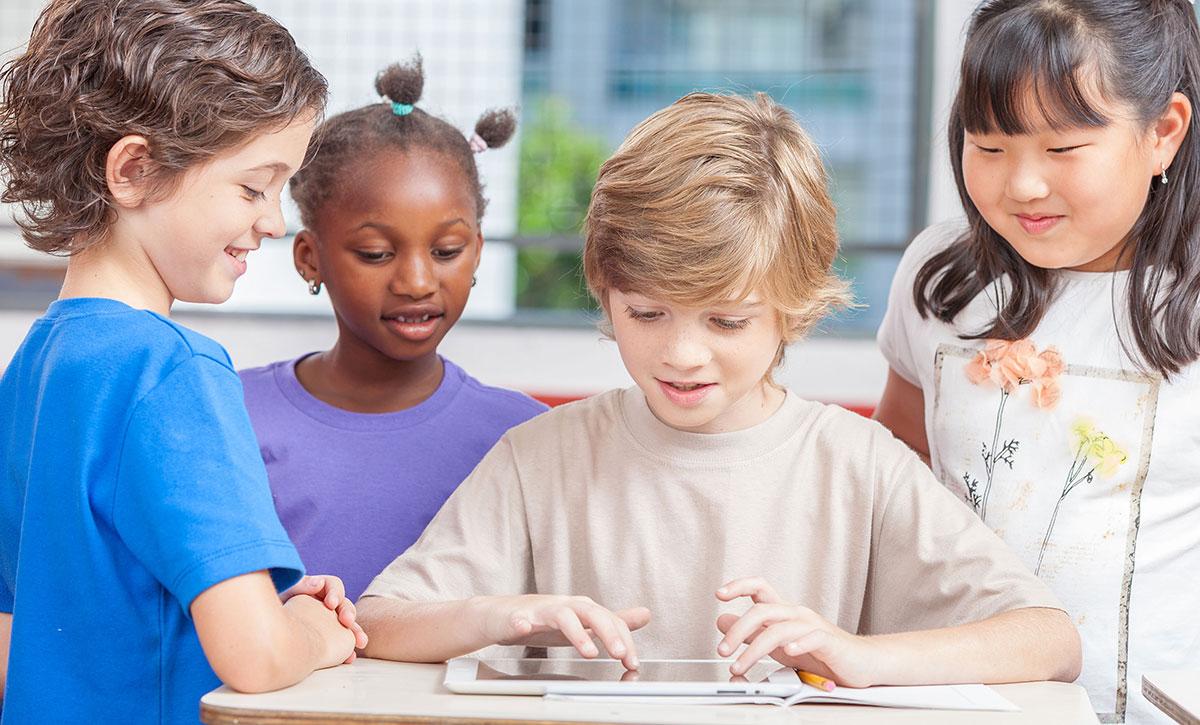Integrating SEL into the Digital Classroom: Strategies for Boosting Student Engagement and Well-Being
In today’s fast-evolving educational landscape, Digital Classrooms have become the new norm. While technology offers adaptability and accessibility, educators face unique challenges in keeping students engaged and emotionally supported online. That’s where Social Emotional Learning (SEL) steps in as a game changer. By integrating SEL into digital classrooms, we can prioritize both academic success and student well-being. This comprehensive guide explores effective strategies to weave SEL into your online teaching, ensuring a more connected, motivated, and resilient class community.
What is social Emotional Learning (SEL)?
Social Emotional Learning (SEL) is the process by which individuals develop key life skills, including self-awareness, self-management, social awareness, relationship skills, and responsible decision-making. SEL lays the foundation for academic achievement, positive relationships, mental health, and lifelong success.
- Self-Awareness: Recognizing one’s emotions, strengths, and values.
- Self-Management: Managing stress, emotions, and behaviors to achieve goals.
- Social Awareness: Showing empathy and understanding diverse perspectives.
- Relationship Skills: Building healthy relationships and effective communication.
- Responsible Decision-Making: making ethical and constructive choices about behavior.
Why Integrate SEL in the Digital classroom?
As remote and hybrid learning environments become more prevalent, ensuring that students remain connected and supported is crucial. Integrating SEL into digital classrooms fosters a culture of trust, reduces online learning fatigue, and addresses social isolation. SEL tools can scaffold emotional regulation and boost student engagement, positively impacting academic performance.
key Benefits of SEL in the Digital Classroom
- Improved Engagement: SEL activities make students feel valued,increasing participation.
- Mental Health Support: Regular SEL check-ins help identify students who may be struggling.
- Better Collaboration: SEL promotes teamwork, empathy, and positive interactions during group work.
- Higher Academic Achievement: Emotionally supported students are more focused and motivated.
- Reduced Behavioral issues: SEL skills help students handle conflicts positively, even online.
effective Strategies for Integrating SEL into the Digital Classroom
Implementing SEL in a virtual setting requires intention, creativity, and the right technology.Below are actionable strategies you can start using today.
1. Start with Daily Emotional Check-Ins
- Use Polls or Surveys: Tools like Google Forms, Mentimeter, or Microsoft Forms let students anonymously share their mood at the start of class.
- Emoji Check-Ins: Ask students to choose an emoji that represents how thay feel or use platforms like Padlet for quick mood boards.
2. Foster a Supportive Community Online
- Virtual Ice-Breakers: Incorporate fun prompts at the beginning of lessons to help students open up and connect.
- peer-to-Peer Collaboration: Encourage group work in breakout rooms, with rotating leaders to foster inclusivity and collaboration.
- Class Norms & Agreements: Collaboratively establish digital class expectations for respectful communication.
3. Embed SEL Lessons into Your Curriculum
- Weekly SEL Themes: Dedicate a few minutes each week to discuss SEL topics like empathy, gratitude, or stress management.
- reflective Journals: Use Google Docs or classroom blogs for students to maintain personal reflection journals.
4.Leverage EdTech Tools for SEL Integration
Several digital platforms are designed specifically for SEL and student well-being:
- Flip: Formerly known as Flipgrid,this video-based discussion app allows students to share their thoughts and feelings,fostering belonging.
- Nearpod & Kahoot!: Both allow you to build in SEL-based questions and activities within any academic lesson.
- ClassDojo: Offers digital tools for positive feedback, classroom management, and SEL curriculum integration.
5. Prioritize Mindfulness and Self-Regulation
- Begin each lesson with a breathing exercise or short guided mindfulness practice via YouTube or Calm app.
- Integrate movement breaks to help students reset mentally and physically.
6. Continuous Feedback and Encouragement
- Recognize Participation: Use digital badges or shout-outs to celebrate effort and resilience, not just grades.
- Regular Check-Ins: Offer 1:1 feedback sessions to discuss academic and emotional well-being.
Practical Tips for Teachers: Making SEL Work Online
- Model Vulnerability: Share your own experiences with online learning and emotions to normalize challenges.
- Adapt for Age and Culture: tailor activities to suit diverse student backgrounds and developmental stages.
- Be Consistent: Make SEL a regular feature of your class routine, not just a one-off event.
- Encourage Camera Use, But Don’t Force: Respect student privacy and comfort by offering alternative ways to participate.
- Integrate Parents and Caregivers: Communicate SEL goals and provide resources for home support.
Case Studies: SEL Success in the Digital Classroom
Case study 1: Building Relationships with “Morning Meetings”
In a high school English class, the teacher started each week with a digital “morning meeting.” Using Zoom, students took turns sharing their goals, challenges, or something fun they did over the weekend. The result? Attendance and engagement soared, and students reported feeling more connected to their peers.
Case Study 2: Integrating Mindfulness in Elementary Online Learning
An elementary school in California embedded short mindfulness videos and movement breaks into their daily virtual curriculum. teachers observed reduced anxiety and improved attention spans. Parents also reported children feeling more balanced and positive throughout the day.
Firsthand Experience: A Teacher’s Perspective
“When our school moved online, I noticed some students retreating into silence. Integrating SEL by using check-ins and class discussions around emotions made all the difference. Students started coming out of their shells, supporting each other, and even suggesting new ways we could connect as a class. SEL transformed our digital classroom from a collection of isolated screens into a real community.” – Ms. Jacobs, Middle School Teacher
Conclusion: The Future of SEL in Online Education
Integrating SEL in the digital classroom goes beyond boosting academic performance—it creates a safe, supportive, and engaging learning space that prioritizes student well-being. As virtual and hybrid learning remain prevalent,embracing SEL strategies will be vital for student success. by leveraging technology, fostering community, and consistently nurturing social and emotional skills, educators can ensure every student thrives, both online and offline.
Start weaving SEL into your digital classroom today and witness a transformation in student engagement, collaboration, and happiness. For more tips and resources on modern education,follow our blog and join the conversation!

